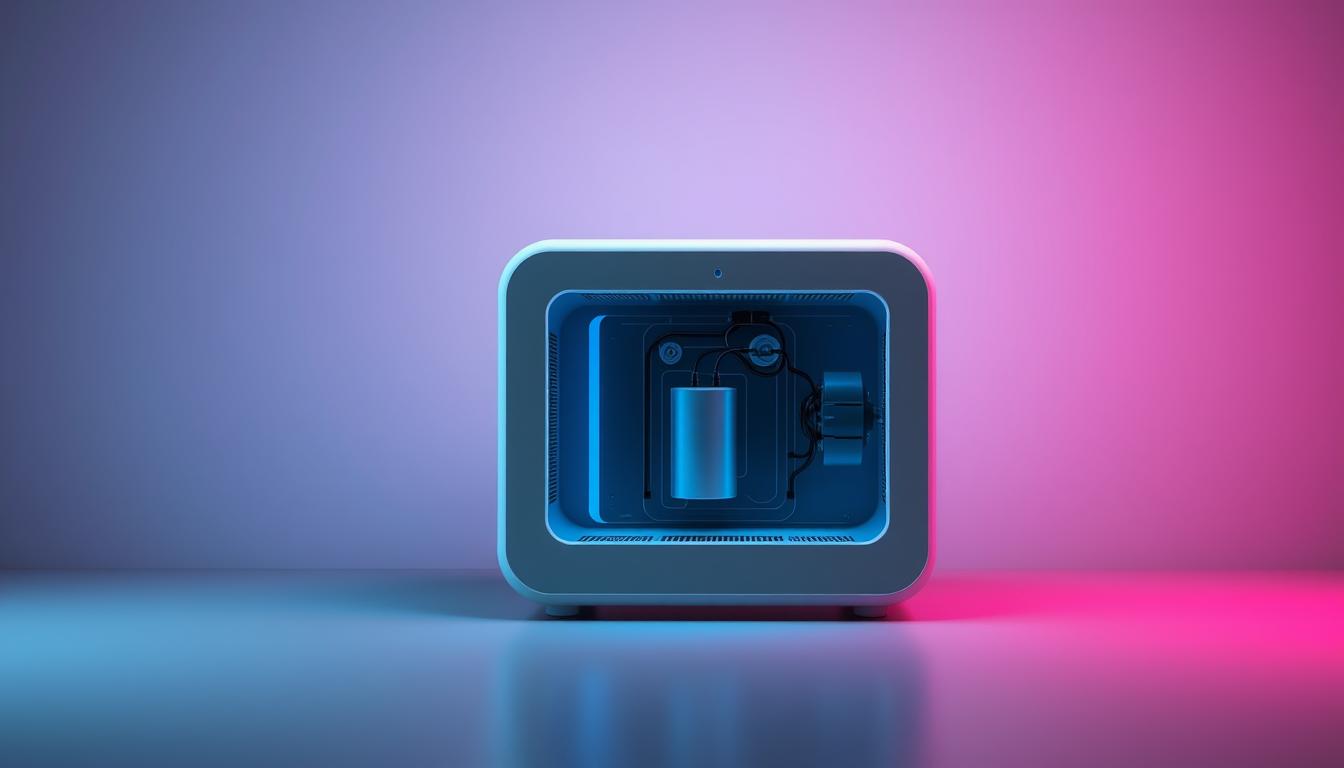Negative ion generators have gained popularity as a potential solution for improving indoor air quality and enhancing overall well-being. These devices claim to purify the air by releasing negative ions, which can attach to pollutants and allergens, causing them to fall out of the air. However, as with any home air purification system, it’s crucial to consider the safety aspects of negative ion generators before incorporating them into your living space.
In this article, we’ll dive into the world of negative ion generators, exploring their functionality, potential benefits, and most importantly, their safety for home use. We’ll examine the factors that contribute to the effectiveness and safety of these devices, helping you make an informed decision about whether a negative ion generator is the right choice for your home air purification needs.
Throughout the article, we’ll address common concerns surrounding negative ion generator safety, such as ozone production and interactions with other pollutants. We’ll also provide guidance on choosing the right negative ion generator, considering certifications, standards, and essential features. By the end of this article, you’ll have a clear understanding of the role negative ion generators can play in improving your indoor air quality and the precautions you should take to ensure their safe use in your home.
Understanding Negative Ion Generators
Negative ion generators have gained popularity as a means of improving indoor air quality and promoting overall well-being. To fully grasp the potential benefits and risks associated with these devices, it’s essential to understand the science behind negative ions and how these generators work.
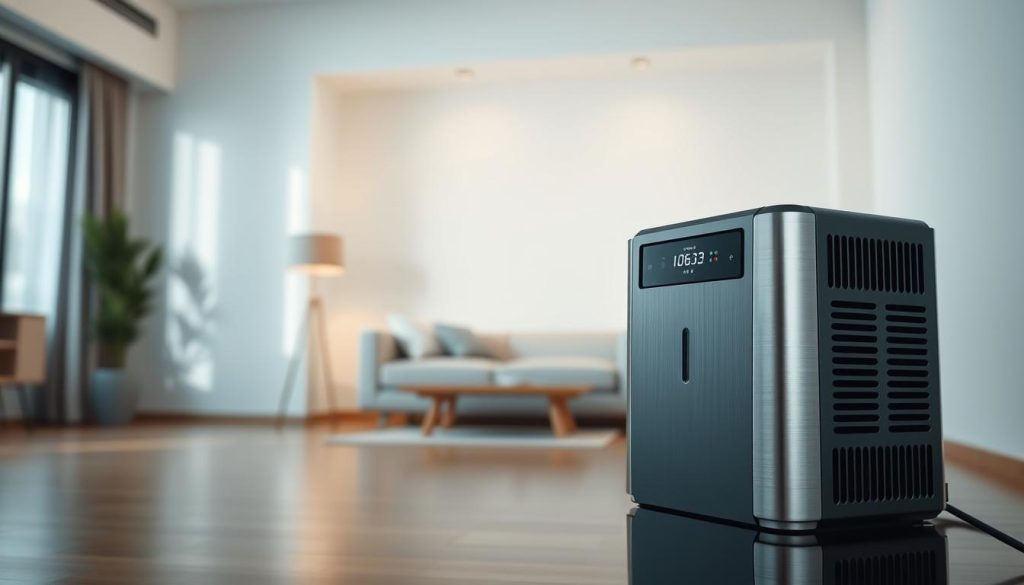
What Are Negative Ions?
Negative ions are oxygen atoms that have gained an extra electron, giving them a negative charge. These ions occur naturally in environments such as waterfalls, beaches, and forests, and are believed to contribute to the fresh, invigorating air often associated with these settings. Negative ions are thought to attach to airborne pollutants, such as dust, pollen, and smoke, causing them to become heavier and fall to the ground, effectively removing them from the air we breathe.
How Do Negative Ion Generators Work?
Negative ion generators employ a process called air ionization to produce negative ions. These devices typically use a method known as corona discharge, which involves applying a high voltage to a series of needles or electrodes. As air passes over these electrodes, electrons are released, creating negative ions that are then dispersed into the surrounding environment.
The primary goal of negative ion generators is to leverage the air purification properties of negative ions. By releasing these ions into the air, the generators aim to neutralize and remove pollutants, allergens, and other harmful particles, ultimately improving indoor air quality. This air purification technology has been the subject of numerous studies, with some suggesting that negative ions may help alleviate symptoms of allergies, asthma, and other respiratory issues.
Potential Benefits of Negative Ion Generators
Negative ion generators have gained popularity due to their potential benefits in improving indoor air quality and overall well-being. While more research is needed to fully understand the extent of these benefits, many users report positive experiences with these devices.
Air Purification
One of the primary benefits of negative ion generators is their ability to purify the air. Negative ions attach to airborne pollutants such as dust, pollen, and smoke particles, causing them to become heavier and fall to the ground. This process can effectively remove these contaminants from the air, leading to improved indoor air quality and potential relief for individuals with allergies or respiratory issues.
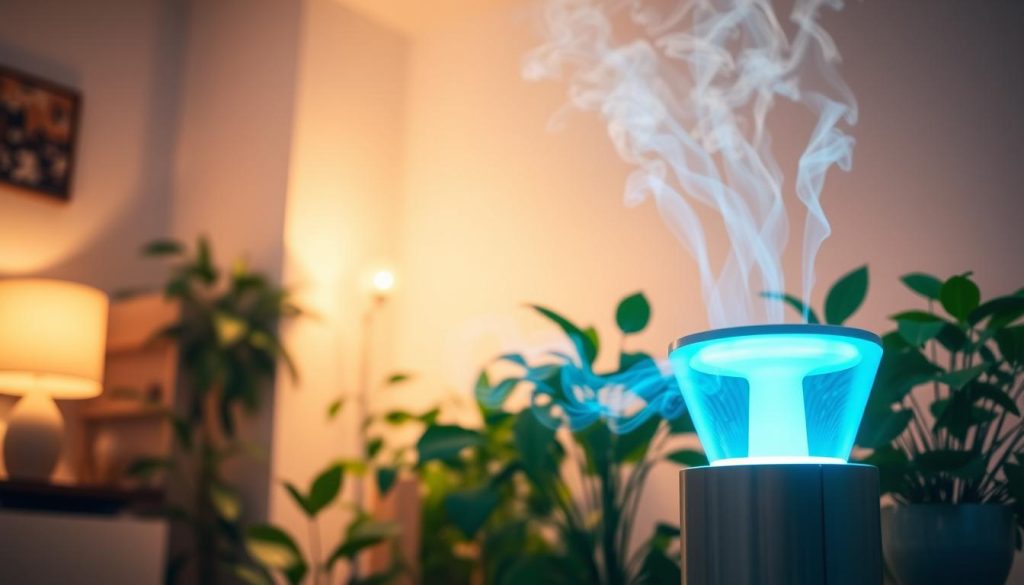
Mood Enhancement
Some studies suggest that exposure to negative ions may have a positive impact on mood. Negative ions are believed to increase the production of serotonin, a neurotransmitter associated with feelings of well-being and happiness. While more research is needed to establish a definitive link, many users report feeling more relaxed, energized, and focused when using negative ion generators.
Improved Sleep Quality
Negative ion generators may also contribute to better sleep quality. The presence of negative ions in the bedroom can create a more relaxing and comfortable environment, promoting deeper and more restful sleep. Some users report falling asleep faster, experiencing fewer sleep disturbances, and waking up feeling more refreshed when using these devices.
The table below summarizes the potential benefits of negative ion generators:
| Benefit | Description |
|---|---|
| Air Purification | Removes airborne pollutants, improving indoor air quality |
| Mood Enhancement | May increase serotonin production, promoting feelings of well-being |
| Improved Sleep Quality | Creates a relaxing environment, leading to deeper and more restful sleep |
Are Negative Ion Generators Safe for Home Use?
While negative ion generators offer several potential benefits, it’s essential to consider the safety aspects before using them in your home. One of the primary negative ion generator risks is the production of ozone, a known indoor pollutant that can irritate the respiratory system and exacerbate asthma and other lung conditions.
Some negative ion generators, particularly older models or those not designed for home use, may produce significant levels of ozone as a byproduct of their operation. This ozone can react with other indoor pollutants, such as volatile organic compounds (VOCs) from cleaning products or furniture, creating harmful secondary pollutants.
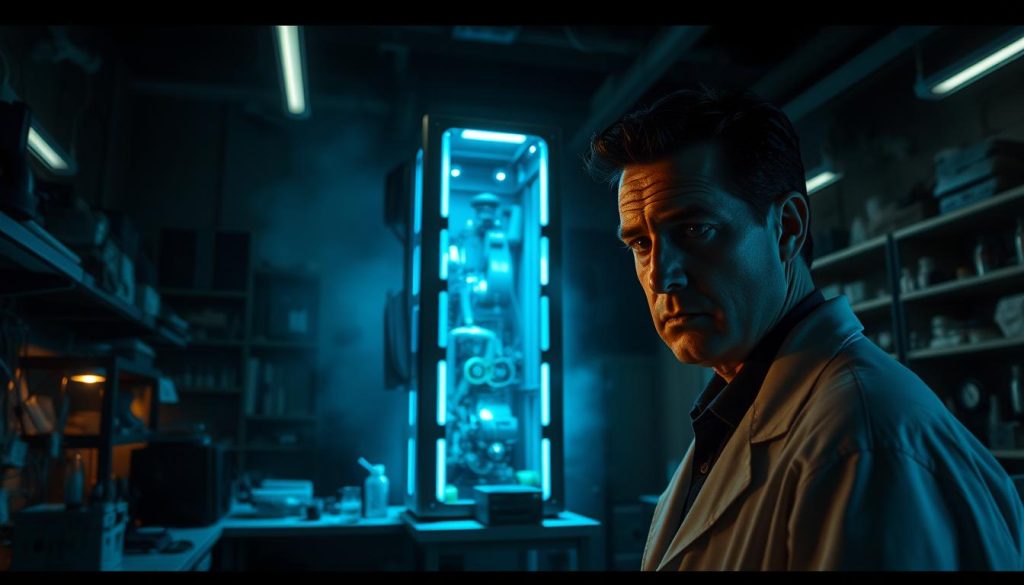
To minimize these risks, it’s crucial to choose a negative ion generator that has been certified by reputable organizations, such as the California Air Resources Board (CARB), for low ozone production. Additionally, proper placement and maintenance of the device can help reduce potential hazards:
- Place the negative ion generator away from areas where people spend extended periods, such as bedrooms or workspaces
- Ensure adequate ventilation in the room where the device is operating
- Regularly clean or replace the device’s filters as per the manufacturer’s instructions
- Avoid using negative ion generators in conjunction with other air purification methods that may produce ozone, such as certain types of air purifiers or UV-C lamps
By taking these precautions and selecting a high-quality, certified negative ion generator, you can minimize the risks associated with ozone production and enjoy the potential benefits of these devices in your home.
Factors to Consider When Using Negative Ion Generators
When incorporating a negative ion generator into your home, it’s essential to be aware of several factors that can impact its effectiveness and safety. By understanding these considerations, you can make informed decisions about how to use your device and maintain a healthy indoor environment.
Ozone Production
Some negative ion generators may produce ozone as a byproduct. While ozone can be beneficial in the upper atmosphere, ground-level ozone is a pollutant that can irritate the lungs and exacerbate respiratory conditions. To minimize potential health risks, choose a device certified as low ozone production and monitor ozone levels regularly.
Interaction with Other Pollutants
Negative ions can interact with other pollutants in the air, such as volatile organic compounds (VOCs) and particulate matter. In some cases, these interactions may lead to the formation of new pollutants or increased concentrations of existing ones. To mitigate these risks, use your negative ion generator in conjunction with other air purification methods, such as HEPA filters and activated carbon filters.
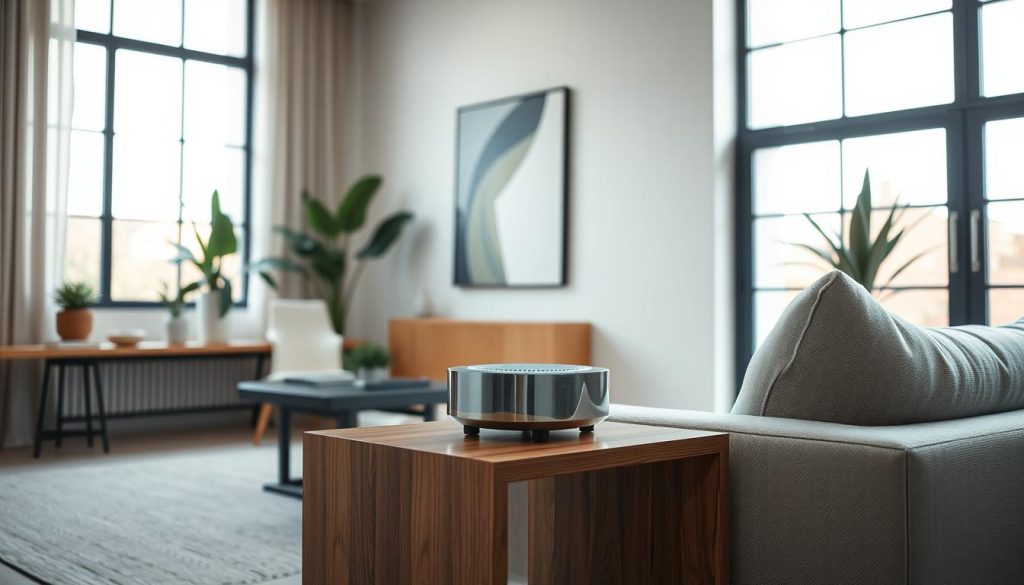
Proper Placement and Maintenance
To optimize the performance of your negative ion generator, it’s crucial to place it in the right location and maintain it regularly. Consider the following tips:
- Position the device away from walls and furniture to allow for proper air circulation
- Avoid placing the generator near heat sources or in direct sunlight
- Clean the device regularly according to the manufacturer’s instructions to prevent the buildup of dust and debris
- Replace filters and other components as needed to ensure optimal performance
By taking these factors into account and following best practices for device placement and maintenance, you can maximize the benefits of your negative ion generator while minimizing potential risks.
Choosing the Right Negative Ion Generator
When selecting a negative ion generator for your home, it’s crucial to consider certifications, standards, features, and specifications to ensure you’re getting a safe and effective device. Doing your research and comparing different models can help you make an informed decision that best suits your needs.
Certification and Standards
Look for negative ion generators that have been certified by reputable organizations, such as AHAM (Association of Home Appliance Manufacturers) or CARB (California Air Resources Board). These air purifier certifications indicate that the device has been tested and meets specific standards for safety and performance.
Some key certifications to look for include:
- AHAM Verifide: Ensures the device has been independently tested for clean air delivery rate (CADR)
- CARB Certified: Confirms the device meets California’s strict ozone emission limits
- Energy Star: Indicates the device is energy-efficient, saving you money on electricity bills
Features and Specifications
When comparing different negative ion generators, pay attention to product features and device specifications to find the best fit for your space and needs. Some important factors to consider include:
| Feature | Description |
|---|---|
| Coverage Area | Choose a device that can effectively purify the air in the size of your room or space |
| Ion Output | Look for a generator with a high ion output for optimal air purification |
| Noise Level | Consider the device’s noise level, especially if you plan to use it in a bedroom or quiet space |
| Filter Type | Some negative ion generators also include filters, such as HEPA or activated carbon, for enhanced air purification |
By selecting a negative ion generator with the appropriate certifications and features for your needs, you can enjoy the potential benefits of these devices while minimizing any potential risks.
Alternatives to Negative Ion Generators
While negative ion generators can be effective at improving indoor air quality, there are other air purification alternatives available for those seeking different options. Two popular choices are HEPA air purifiers and activated carbon filters, each with their own unique benefits and working principles.
HEPA Air Purifiers
HEPA, which stands for High Efficiency Particulate Air, is a type of filtration technology that can remove at least 99.97% of airborne particles as small as 0.3 microns. HEPA air purifiers work by forcing air through a dense network of fibers that trap pollutants such as dust, pollen, pet dander, and smoke particles.
- Highly effective at removing airborne allergens and pollutants
- Does not produce ozone or other harmful byproducts
- Suitable for individuals with asthma or allergies
Activated Carbon Filters
Activated carbon technology is another popular choice for air purification. These filters are made from porous carbon that has been treated to increase its surface area, allowing it to adsorb a wide range of gases, odors, and volatile organic compounds (VOCs).
The advantages of using activated carbon filters include:
- Effective at removing strong odors, such as smoke and pet smells
- Can trap gaseous pollutants that HEPA filters may miss
- Often used in combination with HEPA filters for comprehensive air purification
When choosing between these air purification alternatives, consider factors such as the specific pollutants you wish to target, the size of your space, and any personal health concerns. Many high-quality air purifiers incorporate both HEPA filtration and activated carbon technology to provide a well-rounded approach to improving indoor air quality.
Negative Ion Generators and Specific Health Conditions
While negative ion generators may offer potential benefits for indoor air quality, it’s important to consider their impact on individuals with specific health conditions. Those with asthma, allergies, and respiratory issues should exercise caution when using these devices and consult with their healthcare provider before making any changes to their home environment.
Asthma and Allergies
For people with asthma or allergies, negative ion generators could potentially provide some relief by removing allergens and irritants from the air. However, it’s crucial to choose a device that does not produce ozone, as this can exacerbate respiratory symptoms. Look for certified allergy-friendly negative ion generators and use them in conjunction with other asthma management strategies, such as regular cleaning and avoiding triggers.
Respiratory Issues
Individuals with sensitive respiratory systems or pre-existing conditions like COPD should be cautious when using negative ion generators. While these devices may help improve air quality, they can also interact with other pollutants in the air, potentially leading to the formation of new irritants. To minimize risks, ensure proper placement of the device, regular maintenance, and adequate ventilation in the room.
If you experience any worsening of respiratory symptoms or discomfort while using a negative ion generator, discontinue use and consult your healthcare provider. They can help you determine if this technology is suitable for your specific needs and offer guidance on alternative allergy relief and respiratory health management options.
Frequently Asked Questions about Negative Ion Generators
Many homeowners have common concerns and questions about negative ion generators. Here, we address some of the most frequently asked questions to help you make an informed decision about using these devices in your home. By understanding the negative ion generator FAQs, you can determine if this technology is right for you and your family.
One common question is how effective negative ion generators are at purifying the air. While these devices can help reduce airborne pollutants, they work best when used in conjunction with other air purification methods, such as HEPA filters. It’s important to follow the manufacturer’s usage guidelines and maintain the device properly for optimal performance.
Another concern is the safety of negative ion generators. When used as directed, these devices are generally safe for home use. However, some models may produce ozone as a byproduct, which can be harmful in high concentrations. To minimize this risk, choose a certified negative ion generator that meets safety standards and use it in a well-ventilated area.
Finally, many people wonder how long they should run their negative ion generator each day. The recommended usage duration varies depending on factors such as room size, air quality, and the device’s specifications. As a general guideline, running the device for a few hours a day in the most frequently used rooms can help improve air quality without overdoing it.

